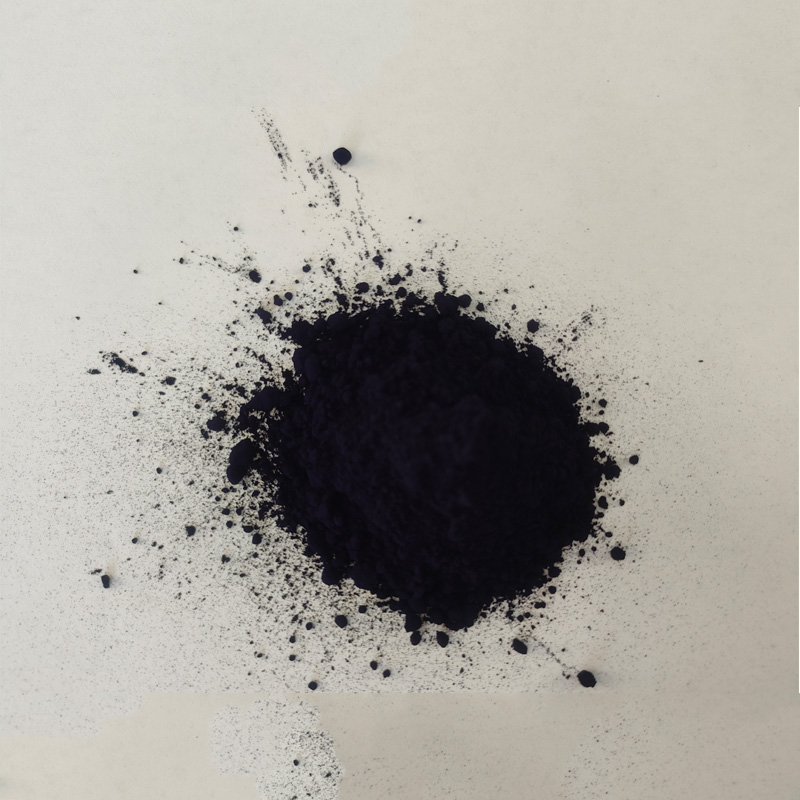Exploring the Benefits of Pre-Reduced Indigo Dye for Sustainable Fabric Dyeing Practices
The Emergence of Pre-Reduced Indigo Dye A Sustainable Future for Textiles
In the world of textiles, indigo dye has a rich history that dates back thousands of years. Traditionally harvested from the indigo plant, this deep blue dye has been a staple in various cultures, especially in the production of denim. However, with the growing concern for environmental sustainability and the impact of chemical processes in dyeing, the introduction of pre-reduced indigo dye products represents a significant advancement in the industry.
Pre-reduced indigo dye products are synthesized to simplify the dyeing process while minimizing environmental harm. Unlike traditional indigo dyeing, which requires a complex reduction process to convert the insoluble indigo into its soluble form, pre-reduced indigo is ready to use straight from the container. This not only saves time but also reduces the amount of chemicals required in the process, making it a more eco-friendly option.
The Emergence of Pre-Reduced Indigo Dye A Sustainable Future for Textiles
Moreover, the pre-reduced indigo dyeing process generates less waste and pollution compared to traditional methods. Conventional indigo dyeing often involves the use of toxic chemicals and large quantities of water, contributing to environmental degradation and water scarcity. In contrast, pre-reduced indigo significantly lowers the ecological footprint of dyeing operations, aligning with the principles of sustainable fashion. Many brands are now adopting pre-reduced indigo dyes to not only meet regulatory standards but to also appeal to increasingly eco-conscious consumers.
pre reduced indigo dye product

The market for pre-reduced indigo dye is growing, driven by consumer demand for sustainable and ethically produced garments. Brands that embrace these innovative dyes can differentiate themselves in a competitive landscape. They are increasingly recognizing that sustainability is not just a trend but a necessity in today's fashion world. By utilizing pre-reduced indigo, companies can enhance their brand image, attract environmentally conscious consumers, and promote responsible production practices.
Aside from the environmental benefits, the vibrant and consistent coloration achieved with pre-reduced indigo dye contributes to the aesthetic appeal of textiles. It offers an opportunity for designers to create unique and eye-catching pieces without compromising their ethical standards. This is particularly important in an era where consumers are looking for authenticity and story behind the products they purchase.
Despite these advantages, there are challenges associated with the transition to pre-reduced indigo products. Many manufacturers are accustomed to traditional methods and may need training to adapt to new dyeing techniques. Additionally, the initial cost of switching to pre-reduced indigo can be higher, which may deter some smaller businesses. However, as technology advances and more suppliers enter the market, the availability and affordability of pre-reduced indigo are expected to improve.
In conclusion, the advent of pre-reduced indigo dye products marks a pivotal moment in the textile industry. By offering a sustainable alternative to traditional indigo dyeing processes, these products not only help to protect the environment but also cater to the evolving expectations of consumers. As the demand for sustainable fashion continues to grow, pre-reduced indigo dye is poised to become a key player in shaping a more responsible and innovative textile industry. With its rich heritage and modern advancements, indigo can continue to create beautiful fabrics while embracing a sustainable future.
-
The Timeless Art of Denim Indigo Dye
NewsJul.01,2025
-
The Rise of Sulfur Dyed Denim
NewsJul.01,2025
-
The Rich Revival of the Best Indigo Dye
NewsJul.01,2025
-
The Enduring Strength of Sulphur Black
NewsJul.01,2025
-
The Ancient Art of Chinese Indigo Dye
NewsJul.01,2025
-
Industry Power of Indigo
NewsJul.01,2025
-
Black Sulfur is Leading the Next Wave
NewsJul.01,2025

Sulphur Black
1.Name: sulphur black; Sulfur Black; Sulphur Black 1;
2.Structure formula:
3.Molecule formula: C6H4N2O5
4.CAS No.: 1326-82-5
5.HS code: 32041911
6.Product specification:Appearance:black phosphorus flakes; black liquid

Bromo Indigo; Vat Bromo-Indigo; C.I.Vat Blue 5
1.Name: Bromo indigo; Vat bromo-indigo; C.I.Vat blue 5;
2.Structure formula:
3.Molecule formula: C16H6Br4N2O2
4.CAS No.: 2475-31-2
5.HS code: 3204151000 6.Major usage and instruction: Be mainly used to dye cotton fabrics.

Indigo Blue Vat Blue
1.Name: indigo blue,vat blue 1,
2.Structure formula:
3.Molecule formula: C16H10N2O2
4.. CAS No.: 482-89-3
5.Molecule weight: 262.62
6.HS code: 3204151000
7.Major usage and instruction: Be mainly used to dye cotton fabrics.

